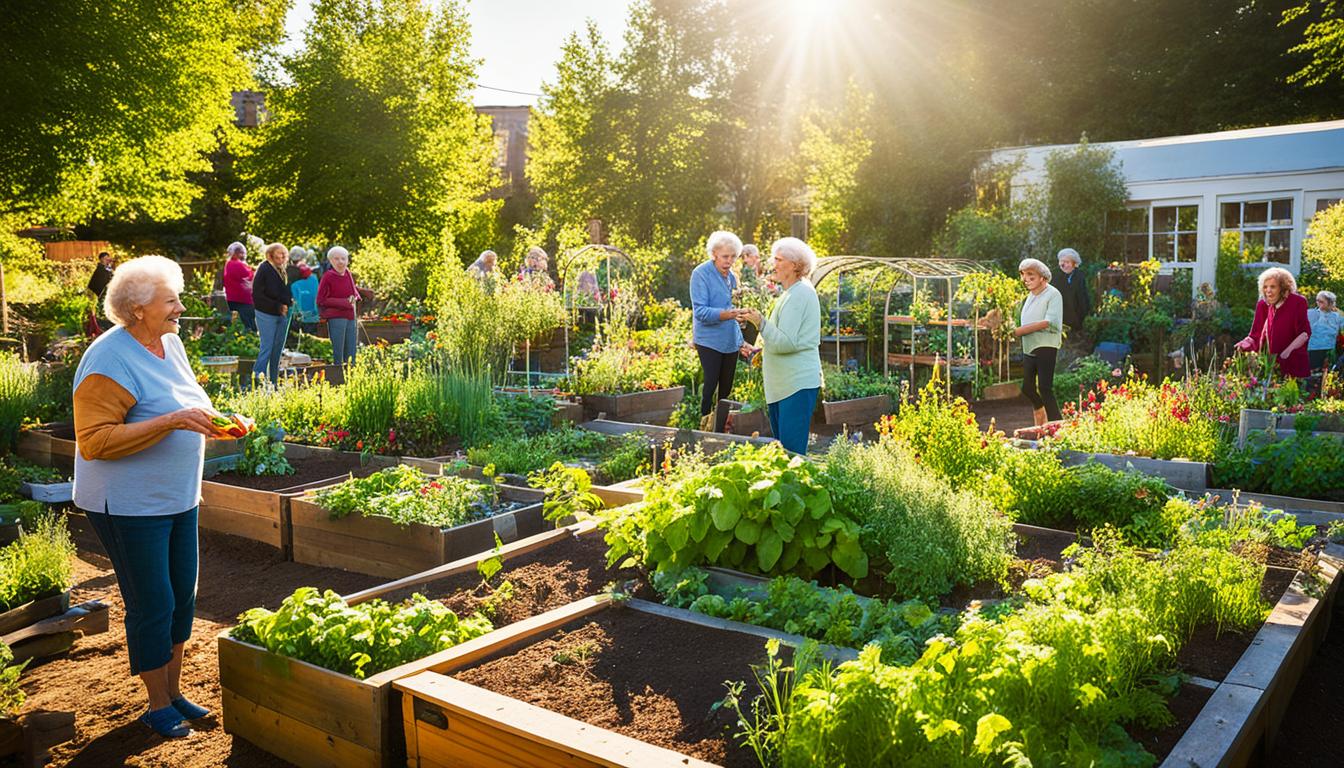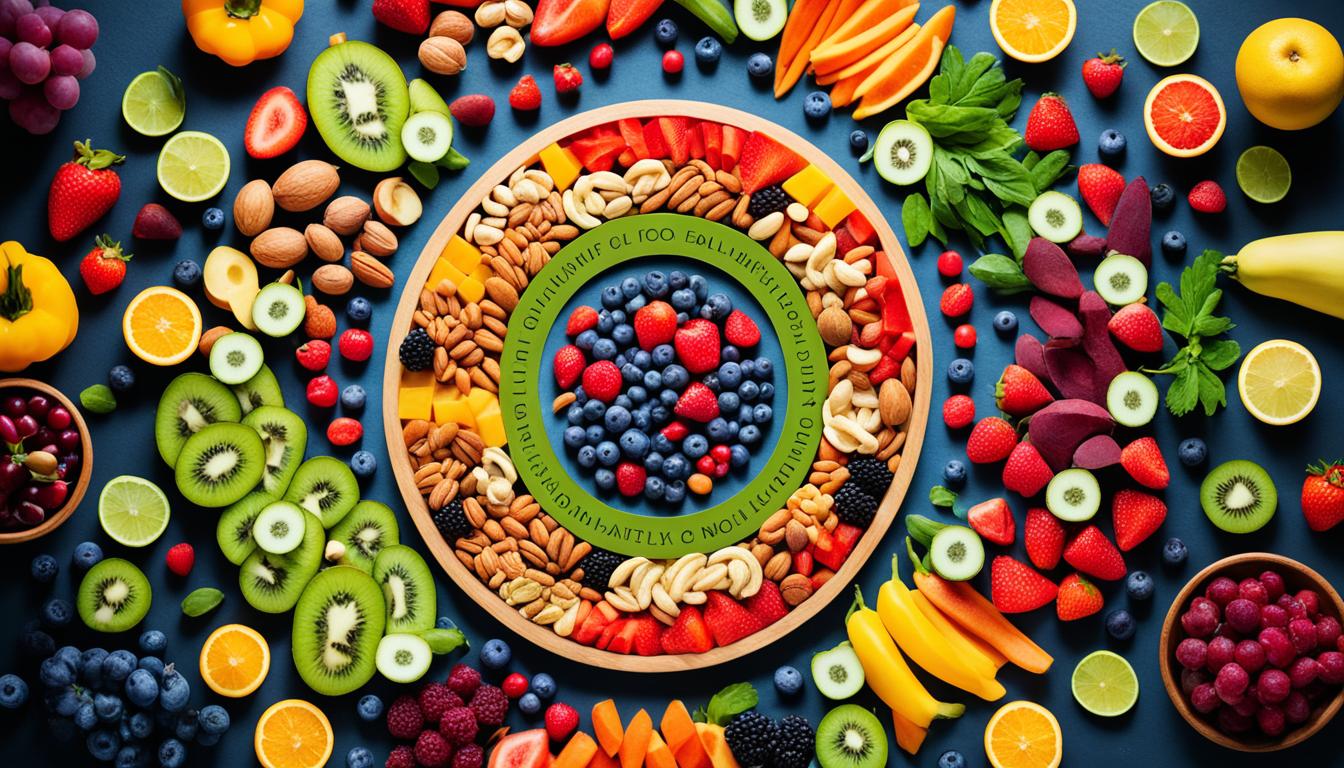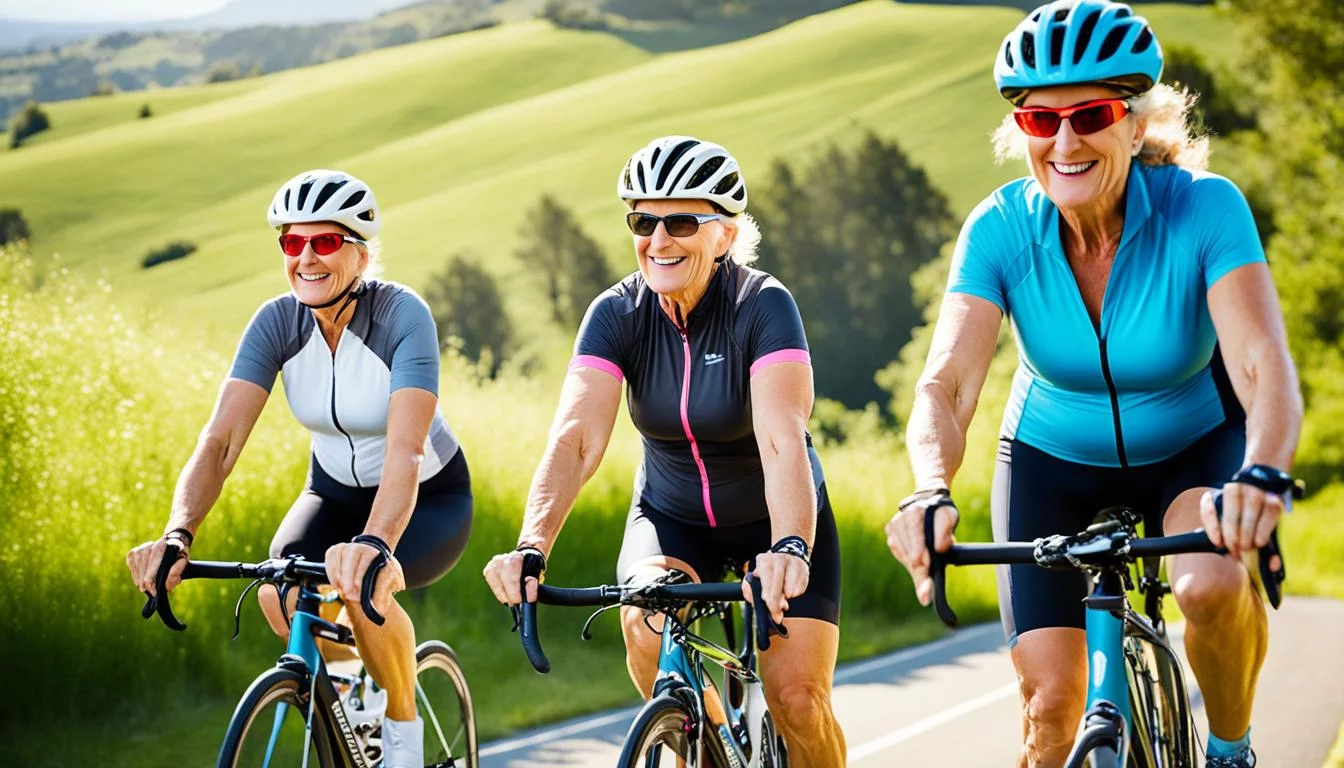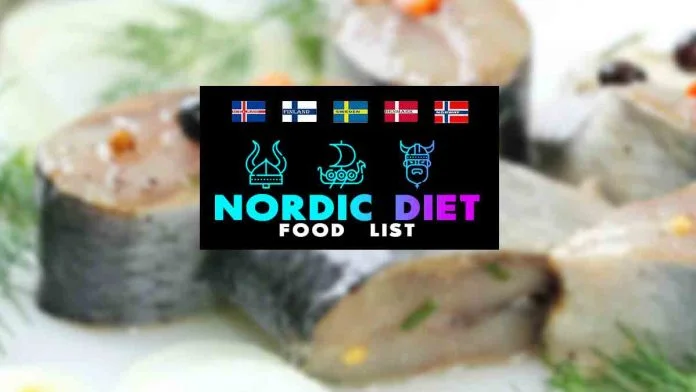
This article discusses a healthy eating guideline modeled by the available historical information on how Vikings ate, in addition to modern knowledge about what comprises a healthy diet and how to design a sustainable eating pattern.
There is a substantial ongoing interest in a “new” diet, sometimes called Nordic Diet, Healthy Nordic Diet, New Nordic Diet, or Baltic Sea Diet. This interest is evoked by emerging evidence of potential health benefits with Nordic-based foods and related dietary patterns.
This short review shows the composition of such a “Nordic Diet,” and the currently available evidence of health effects associated with a Nordic Diet is presented.
More recently, the research interest in Nordic food items like rye, oats, berries, and local fruits and fish has increased.
It’s recommended to consult with your primary care physician or a registered dietitian before starting this diet.
These ten concepts underlie the Nordic diet:
- Eat more fruits and vegetables every day.
- Eat more whole grains.
- Include more food from the seas and lakes.
- Choose high-quality meat – but eat less meat overall.
- Seek out more food from wild landscapes.
- Use organic produce whenever possible.
- Avoid food additives.
- Base more meals on seasonal produce.
- Consume more home-cooked food.
- Produce less waste.
Rye bread, commonly consumed as whole grain within Nordic countries, has been shown to deliver many health benefits, including the improvement in glucose metabolism in healthy individuals and individuals at risk of chronic diseases in several dietary interventions.

The New Nordic Diet is the result of a 5-year research project in Denmark. It is considered to be environmentally friendly with all the foods originating in Denmark, one of the main countries where Vikings have resided back in the day.
What Are The Principles of the Nordic Diet?
Nordic countries are a geographical and cultural region in Northern Europe and the North Atlantic, including Denmark, Finland, Iceland, Norway, and Sweden. Especially in English, the term Scandinavia is sometimes used as a synonym for the Nordic countries.
The guideline itself was constructed with some basic principles in mind. These are health, gastronomic potential, Nordic identity, and sustainability of the eaten foods.
By combining these, they succeeded in creating an eating recommendation that goes beyond simply eating healthy but also takes into account the identity of a culture and environmental sustainability.
The new Nordic diet revolves around fruits, vegetables, shellfish, nuts, whole grains, and potatoes.
PS: The old Vikings did not have any potatoes at their disposal considering that they were brought at a later time from another continent.
The main idea behind this guideline is that more emphasis should be put on what is actually being eaten, and not so much on the food we should be avoiding.
The article you might like: New Age Dilemma. Which Are The Best Diets In The World?
While the majority of calories in this eating recommendation come from plant foods, with a smaller emphasis on meat, the new Nordic diet at the same time stresses the importance of food coming from the sea, lakes, and the wild countryside.
Nordic Diet Food List. Poster:

10 principles fundamental to the new Nordic Diet:
- More fruit and vegetables every day (lots more: berries, cabbages, root vegetables, legumes, potatoes, and herbs)
- More whole grain, especially oats, rye, and barley
- More food from the seas and lakes
- Higher-quality meat, but less of it
- More food from wild landscapes
- Organic produce whenever possible
- Avoid food additives
- More meals based on seasonal produce
- More home-cooked food
- Less waste
Downsides To The Nordic Diet? Are There Any Similarities To The Mediterranean Diet?
No studies have warned of adverse effects of following a healthy Nordic Diet, and it’s difficult to say that a diet rich in whole grains, fruits, vegetables, and seafood would have many downsides.
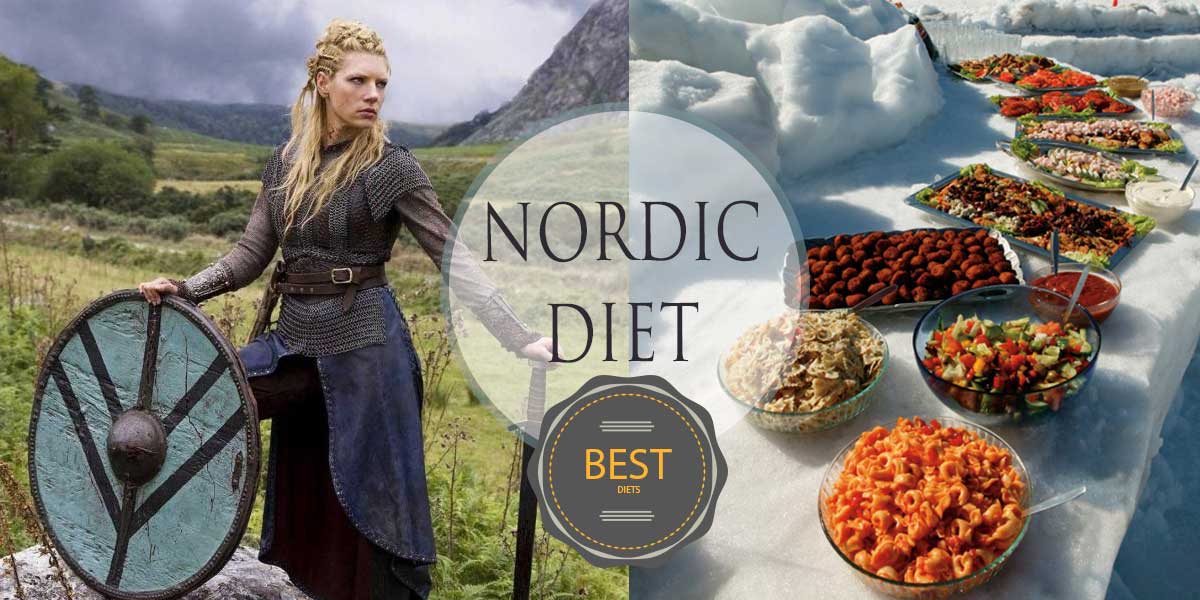
However, it is notable that what we’re considering to be the Nordic Diet here isn’t necessarily the original Nordic Diet.
Nordic countries’ diet is often characterized by unhealthy features – high-fat dairy products, margarine, red meat with sauces and gravies (Swedish meatballs, anyone?), and more starchy vegetables than otherwise.
When Nordic Diet that we’re discussing was designed, the emphasis was placed on the healthier parts of traditional Nordic cuisine, and I’d suggest we stick with that!
You might like: Stay Cool. Fast and Simple Smoothies. Motivational Smoothie Quote
There isn’t a ton of research comparing the Nordic Diet to the Mediterranean Diet, which would provide insight into which regional lifestyle diet might be more beneficial.
However, one study comparing the effects of both diets on weight loss found that following the Mediterranean Diet provided more significant weight loss results, even when participants were followed up with nearly seven years after the study.
Evidence that the Nordic Diet is Healthy
What people think about Nordic Diet:
- Make sure you burn more calories than you eat too. Please don’t lift any weights. ….you’ll get bulky. Cardio all the way. I’ll look forward to reading your article.
- I use canola all the time in cooking. The great thing is that it has no flavor, unlike olive oil. I would have no problem following this diet, turnips are great, tastes good, and is cheap but I draw the line at twigs…
- Don’t need a Nordic, or any other, diet. Just have a healthy balanced diet – plenty of fruit and veg, some chicken, fish, and the occasional beer/wine.
- Do a bit of exercise every other day. You won’t get fat, you’ll look good, feel good and extend your life to its maximum. THERE! If you stick to this in 2018, you’ll thank me in 2022 when you look lush!
- But following this kind of diet leads to an overall healthier lifestyle. You never have to go hungry, you are allowed to eat fresh, healthy food, what is fad about that? Following a Nordic diet such as this is completely normal to us Nordic people, no one thinks of it as a fad diet. Just when you are used to the unhealthy rubbish that is served in British schools for example, does a normal diet like this sound like a fad ..
- Alhough named as a “Nordic diet”, all the food products mentioned in the article are exactly what Scandinavian people have been eating for hundreds of years. I’m from Finland myself so I know. I do have myself pretty much the Nordic diet also (a bit Paleo maybe too, no grains or dairy in my diet). I love to eat lots of berries, root and leafy vegetables, lean meat like chicken sometimes and fish atleast 4 times a week (especially rainbow trout and all the white fishes). And yeah, it costs a little bit more to eat this way, but for me the clean, organic and fresh food I eat is the most crucial thing and truly worth the money it costs.
The basic premise of the new Nordic diet is to lower the amount of meat and increase the number of vegetables, herbs, nuts, fruits, legumes, and grains that are being eaten.
You might like: Pamper Yourself: Homemade Beauty Treatments. Cheap Face Masks.
The logic behind this is the positive impact witnessed when abiding by a plant-based diet and the evidence-based health benefits of some of the mentioned food groups.
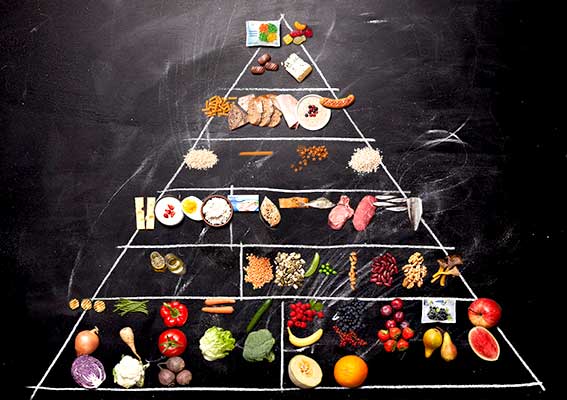
Articles you might like:
Summary of “Vikings” Nordic Diet:
- Eating more than 600 grams of fruit and vegetables reduces the risk of heart disease, being overweight and obese
- Whole grains have been associated with a lower risk of heart disease, type 2 diabetes, cancer, and weight gain risk
- Starchy plant foods offer a good source of vitamins, fiber, and minerals
- Strong emphasis on vegetables, fruits, nuts, shellfish, whole grains, and potatoes.
- The new Nordic diet is a plant-based diet with fewer calories coming from meat.
- Meat, as well as some roots, fruit, and vegetables, should come from the countryside.
- The majority of calories come from carbs (55%), then fat (30%), and protein (15%).
- Some consideration should be put into picking wild plants as these should not have any toxic compounds that are potentially harmful for human culinary use.
And while correlation does not equal causation, generally eating nutrient-dense food which does not entail any of the foodstuffs that could potentially harm you, is probably very good common-sense advice your grandmother would give you (and for which scientific training is not required to be viewed as preferable).
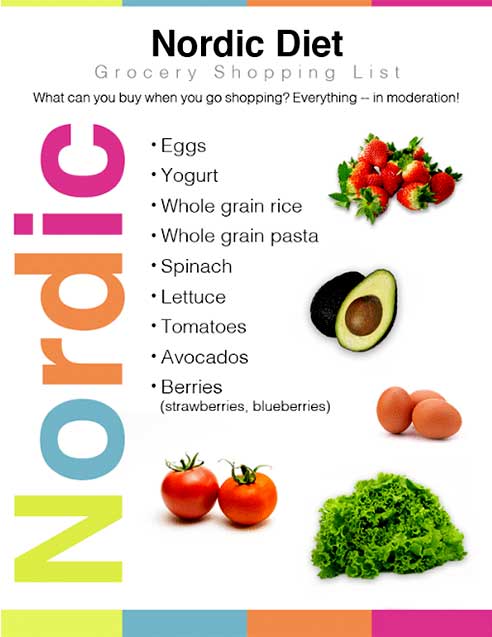
The emphasis on sea-based food such as fish and shellfish is not a big shocker either. I have covered the potential physical and mental health benefits of omega-3 in my articles in the past.
They recommend mixing it up and varying between lean and fatty fish, as well as other marine-based species. Another recommendation is seaweed due to its high contents of essential minerals, protein, dietary fiber, vitamins, and essential fatty acids.
Furthermore, seaweed may have antiviral and anticancer effects, as it has certain bio-active compounds. Drugs with antiviral effects are a class of medication specifically used to treat viral infections such as HIV, different herpes viruses, influenza, hepatitis etc.
However, while a foodstuff may have such properties, this does not necessarily mean that you will benefit from such food on that characteristic.
To establish this, one would need to run a double-blind placebo-controlled study to witness whether any antiviral or anticancer benefits have been observed.
Related: Health Benefits Of Dandelion Flower: Heals The Skin, Helps To Lose Weight, Protects Against Cancer
Nutrition based on the Nordic diet
The emphasis on more food to come from the wild countryside is reasonable too. Such plants are usually more nutrient-dense since they contain higher amounts of vitamins, minerals, and secondary plant metabolites than conventionally grown plants.
Among these are vitamin C, E, phenols, and other compounds that increase the antioxidant level in plants. Antioxidants are molecules that have a neat little property. They prevent the oxidation of other molecules.
Furthermore, meat from wild animals and fowl has less fat and a healthier fatty acid composition in general. This fatty acid composition includes more PUFAs and less saturated fats, compared to conventionally raised animals.
A healthier fatty acid composition is a good reason they emphasize more meat from wild animals.
How To Eat Like A Viking?
If we switched to the new Nordic diet, our caloric composition would be as follows:
- Fat – 30%
- Carbohydrates – 55%
- Protein – 15%
- Alcohol – 5%
That is around 700+ grams of fruits and vegetables. Berries make up between 50 and 100 grams, cabbages at least 30 grams, root vegetables more than 150 grams, and legumes more than 30 grams. Special emphasis is also put on fresh herbs.
There should be less than 140 grams of potatoes, around 5 grams of plants and mushrooms from the wild countryside, more than 75 grams of whole grains, more than 30 grams of nuts, more than 45 grams of fish and shellfish, 5 grams of seaweed, and between 85 and 100 grams of free-range livestock which includes pigs and poultry.
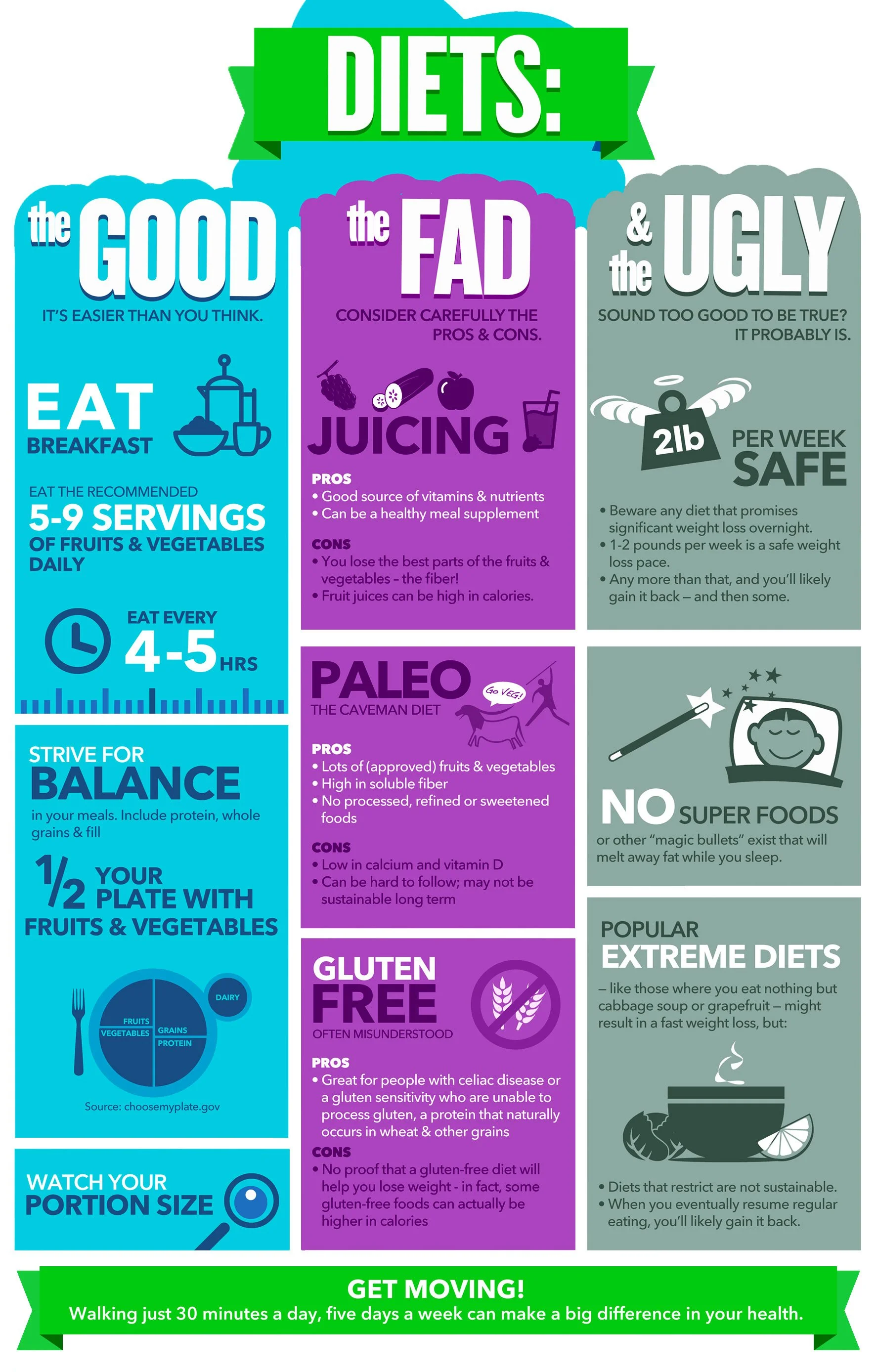
Nutrition of Nordic Diet
It also satisfies all the micronutrient recommendations. However, some consideration should be put on vitamin D and iron. Pregnant women should eat at least around 100 grams of meat for its iron content.
Everyone should make sure their diet is rich in vitamin D as well, this is something that becomes more important for people who live in climates with a less available sun. They have not put any limit on salt, however, they recommend an intake of between 5 to 6 grams per day.
And a little science to back it up. There has been a randomized controlled trial with a relatively large sample; N = 120. Obese people were divided into two groups, one consumed the average Danish diet, while the other the new Danish diet for six months.
Those eating the latter lost around 4,5 kg on average, while the former lost around 1,9 kg. This means there was still a difference of 2,6 kg as a direct result of the new Nordic diet. An important caveat here is that this was not designed as a weight-loss study.
It was simply a study to assess the new eating pattern and see whether the new Nordic diet can be easily added to daily life. People went to a dummy shop set up by scientists from the study once per week. There they could buy food that was in adherence to the eating pattern of their group.
After the end of the study, people with the new Danish diet observed their systolic and diastolic blood pressure drop by 5.1 and 3.2mmHg more than in the group with the average Danish diet.
One caveat that comes with this diet is the wild plants in terms of their known compounds. Eating larger amounts of wild roots and other wild plants could be potentially dangerous, at least if we are not sure which compounds they contain.
You might be interested: Raspberry Oil Features: New Super Way Of Skin Moisture And Elasticity
Namely, these might be toxic or even deadly for human consumption. Picking and eating only those you are familiar with should be a rule of them after reading this, do you think you could abide by such eating guidelines? I am especially curious about the natives of Denmark, what do you think about this guideline?
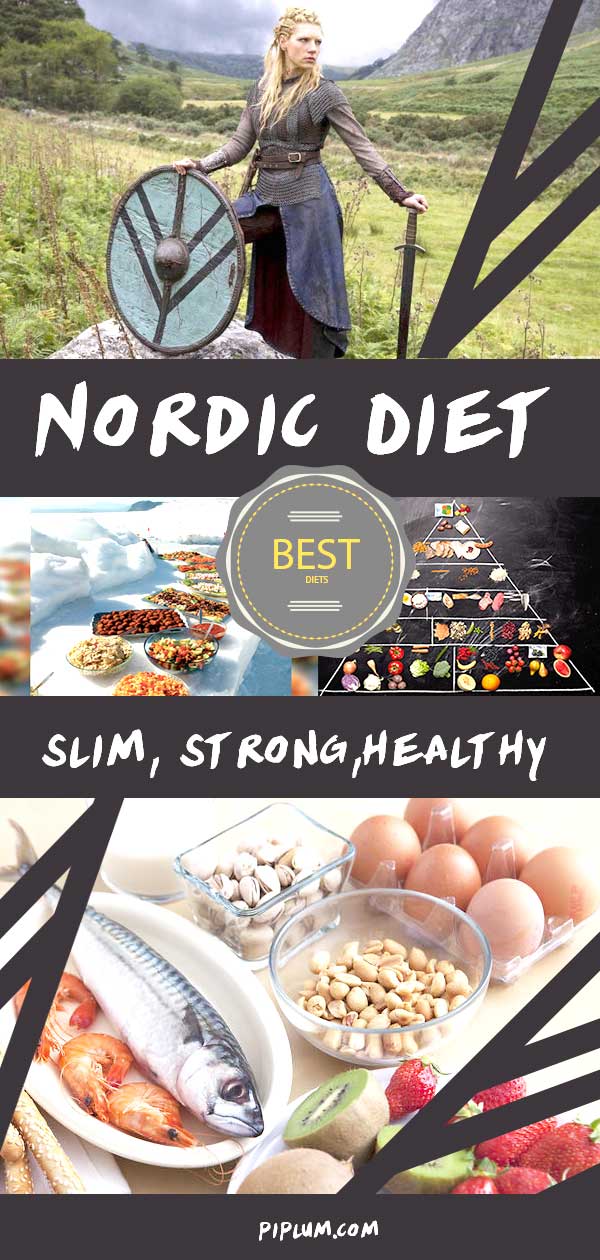
Conclusions. The Nordic Diet is Considered to be a healthy and balanced diet
The Nordic Diet is a dietary pattern that emphasizes the consumption of traditional foods from the Nordic countries, which includes Denmark, Finland, Iceland, Norway, and Sweden. The diet is based on the idea that traditional Nordic foods are healthier and more sustainable than many of the foods that are commonly consumed in Western countries.
The Nordic Diet emphasizes the consumption of fresh, seasonal fruits and vegetables, whole grains, fish and seafood, lean meats, and plant-based proteins such as legumes and nuts. It also encourages the consumption of fermented foods such as yogurt and sourdough bread, and discourages the consumption of processed foods, added sugars, and saturated fats.
One of the main principles of the Nordic Diet is to eat locally-sourced, seasonal, and organic foods whenever possible. This is thought to promote sustainable food systems and reduce the environmental impact of the food we eat.
The Nordic Diet is considered to be a healthy and balanced diet that is rich in nutrients and low in saturated fats and added sugars. It has been associated with a lower risk of heart disease, type 2 diabetes, and certain types of cancer.
It should be noted that the Nordic Diet is not a fad or quick-fix diet; it’s a long-term way of eating and living that can lead to a healthier lifestyle.
So far, it can be said that the Nordic Diet, when composed of healthy, mainly local components and foods, produces similar health effects as the Mediterranean Diet.
Moreover, as a local modification of the Mediterranean Diet it should be easily acceptable to the
population in the Nordic countries.
It has also been shown that by consuming local Nordic food in healthier composition, the global warming potential is reduced, further supporting the use of healthy local choices.
You might like: What Are The Health Benefits of Dragon Fruit?




